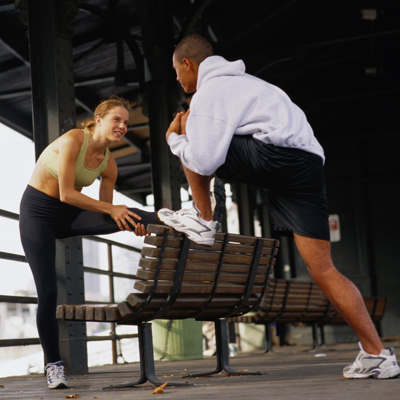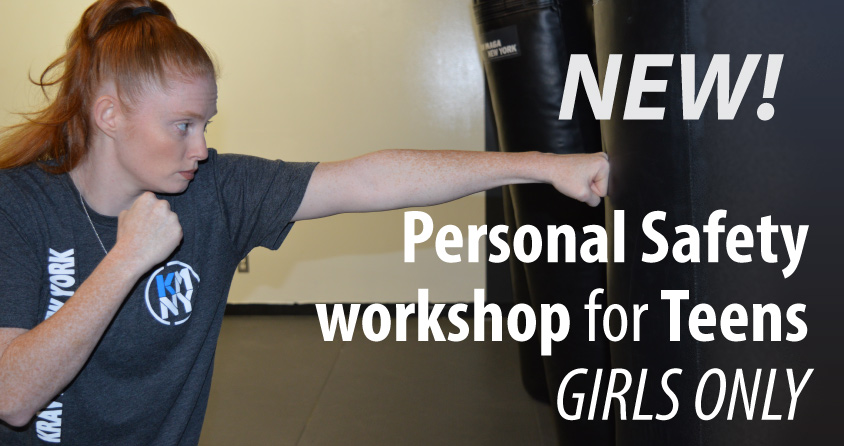3 Great Knee Rehab Exercises
 If you’ve suffered a knee injury, you should perform distinct exercises to re-build strength and increase flexibility. Such exercises will prevent re-injury and boost your chances of attaining a comfortable, pain free life. Let’s take a close look at a couple of the best knee rehab exercises.
If you’ve suffered a knee injury, you should perform distinct exercises to re-build strength and increase flexibility. Such exercises will prevent re-injury and boost your chances of attaining a comfortable, pain free life. Let’s take a close look at a couple of the best knee rehab exercises.
Quad Knee Strengthening
Strong quad muscles help to maintain pain free knees. Quads are the muscles at the forefront of your thigh. One of their functions is to keep the knee straight. Strong quads increase the chances of maintaining healthy knees and improve damaged knees that are in the process of rehabilitation. You should perform quad clench exercises on a regular basis. The purpose of quad clenches is to add strength to the quads as well as maintain the current strength that they already have.
Begin by either lying down on your back or sitting upright. Make sure that your targeted knee and leg are both straight. Push your knee downwards to put tension on the quad muscles. The muscles will clench tightly together. Hold this position for three to five seconds. The quad clench exercise should be performed in a repetitious manner. Do a quad clench twenty times every four hours or so. If your knee won’t fully straighten, put a soft object like a large nerf ball or a folded bedspread below your ankle to elevate your leg. The heightened elevation will facilitate the straightening of the knee. Now perform the quad clench as described above.
Straight Leg Raise
This exercise improves quad muscle strength without forcing the knee to bend. As described above, strong and fit quad muscles are imperative to knee strength and durability. If you have a weak back you might want to skip this exercise as it does put a small amount of strain on the back.
To perform the straight leg raise, lay down flat on your back. Straighten out the knee that you want to exercise. Leave the other leg bent at a comfortable angle. Now pull your toes on the straightened leg towards your body. Make sure that the front thigh quad muscles are tightly clenched together.
Next, raise your foot and lower leg above the ground and hold this position for about five seconds. Then lower it to the ground in a safe and slow manner. You must keep your knee straight during the duration of this exercise. Perform the straight leg raise about fifteen or twenty times in a row, twice per day. You can add weight by wearing a sneaker or a mobile ankle weight in order to make the exercise progressively intense.
Knee Marches
Knee march exercises increase strength while not overburdening the knee joint. To perform a knee march, sit upright in a chair with both of your feet flat on the ground. Now move your legs up and down in a marching motion one at a time. Begin this movement by lifting at the knee until you feel a tightening of the hip. Then lower the knee downwards so that the foot once again rests flat on the ground. Now do the same with the other leg. Keep knee marching each leg, one after the other for a full minute.
Perform the knee march exercise two or three times per day. It is best to knee march after you’ve been sitting still for a half hour or more. It will loosen up your knees and stimulate blood flow. If you’d like to ramp up the knee marching intensity, either increase your marching speed or wear ankle weights for an additional challenge.





